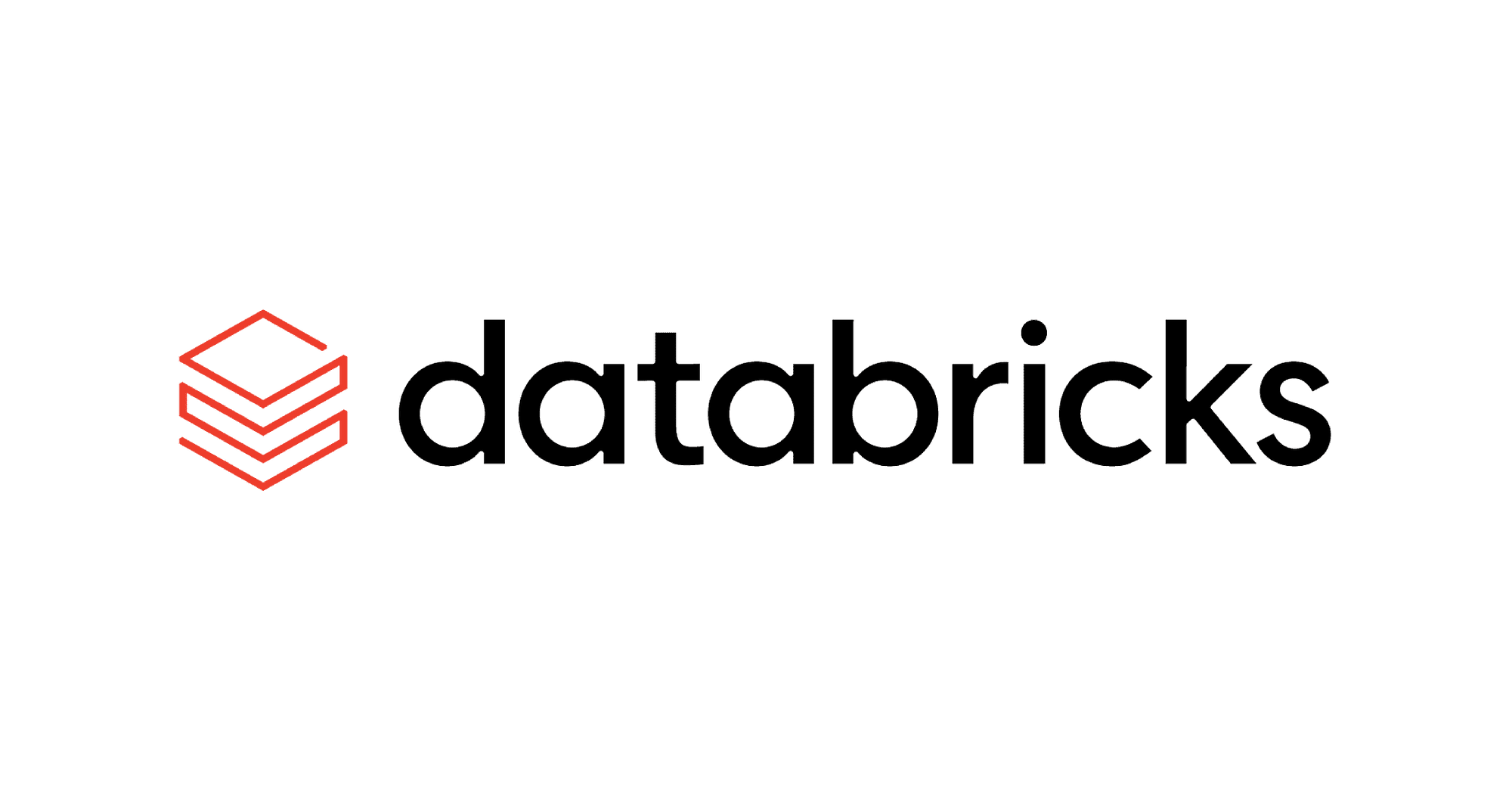Turn your thoughts into code
AI code writing assistant for data scientists, engineers, and analysts.
Get code completions and suggestions as you type. Press tab to insert.
import numpy as np
import pandas as pd
from catboost import CatBoostClassifier
train_df, test_df = titanic()
train_df.head()
# one hot encode all the categorical vars in train_df and test_df
train_df = pd.get_dummies(train_df, columns=['Sex', 'Embarked'])
test_df = pd.get_dummies(test_df, columns=['Sex', 'Embarked'])
Improve your productivity with CodeSquire
Try our CodeSquire demo below, and see the power of our code autocompletion for yourself.
What can CodeSquire Do?
Turns your comments into code
Quickly write code by translating your comments into code, like in this
example where we quickly create a Plotly bar chart.
press tab to insert.
train_df['Sex'] = train_df['Sex'].astype(str)
train_df['Pclass'] = train_df['Pclass'].astype(str)
a = train_df.groupby(['Survived', 'Pclass']).agg({'PassengerId': 'count'}).reset_index()
# create a bar chart that shows number of survived and not survived broken down by Pclass using plotly
fig = px.bar(a, x='Pclass', y='PassengerId', color='Survived', text='PassengerId', color_discrete_map={0: '#FF0000', 1: '#0000FF'})
fig.show()
from decouple import config
aws_key = config('aws_key')
secret_key = config('aws_secret_key')
def load_df_to_bucket(df, bucket_path):
import boto3
s3 = boto3.client(
's3',
aws_access_key_id=aws_key,
aws_secret_access_key=secret_key
)
s3.upload_fileobj(df, 'bucket_name', bucket_path)
Writes functions using well-known libraries
Create entire functions with ease, without searching for library methods and
parameters. In this example, we created a function that loads df to AWS bucket in
parquet format.
Press tab to insert.
Translates Language into SQL queries
Write SQL queries by providing CodeSquire with simple instructions on what
you want to pull, join, and group by, like in the following example where we are trying
to determine the top 10 most common names.
Press tab to insert.
-- get top 10 most popular female names in Florida in 1910 to 2013
SELECT state, gender, year, name, number FROM `bigquery-public-data.usa_names.usa_1910_2013` WHERE state = 'FL' AND gender = 'F' ORDER BY number DESC LIMIT 10;
aws_key = config('aws_key')
secret_key = config('aws_secret_key')
def foo(df, bucket_path):
import boto3
s3 = boto3.client('s3', aws_access_key_id=aws_key, aws_secret_access_key=secret_key)
s3.upload_fileobj(df, 'bucket_name', bucket_path)
# what does function foo do?
# foo uploads a dataframe to an AWS bucket
Explains code
CodeSquire can even help you understand someone else’s code, just ask to
explain the function above, and get your explanation in plain text.
Press tab to insert.
Writes complex functions by specifying multiple steps
CodeSquire can help you create complex functions that involve several logic
steps. Brainstorm with it by starting simple and adding more complex features as you
go.
Press tab to insert.
import numpy as np
import pandas as pd
from catboost import CatBoostClassifier
import plotly.express as px
train_df, test_df = titanic()
train_df.head()
'''
1. Split train data into X and Y
2. Convert categorical variables to numeric
3. Scale the dataset using min-max scaling
4. Train the model using CatboostClassifier
'''
# 1. Split train data into X and Y
X_train = train_df.drop('Survived', axis=1)
Y_train = train_df['Survived']
# 2. Convert categorical variables to numeric
X_train = pd.get_dummies(X_train)
# 3. Scale the dataset using min-max scaling
X_train = X_train.values
X_train = X_train.astype('float32')
X_train = X_train/255
# 4. Train the model using CatboostClassifier
model = CatBoostClassifier(iterations=100, learning_rate=0.1, depth=3, loss_function='Logloss')
model.fit(X_train, Y_train)
rest_of_verticals = main_df['vertical'].unique().tolist()
rest_of_verticals.remove(selected_row['vertical'])
st.session_state['possible_verticals'] = [selected_row['vertical']] + rest_of_verticals + ['All']
if 'area_name' in selected_row:
rest_of_areas = main_df['area_name'].unique().tolist()
rest_of_areas.remove(selected_row['area_name'])
st.session_state['possible_areas'] = [selected_row['area_name']] + rest_of_areas + ['All']
if 'product_name_english' in selected_row:
rest_of_products = main_df['product_name_english'].unique().tolist()
rest_of_products.remove(selected_row['product_name_english'])
st.session_state['possible_products'] = [selected_row['product_name_english']] + rest_of_products + ['All']
if 'product_name_arabic' in selected_row:
rest_of_products = main_df['product_name_arabic'].unique().tolist()
rest_of_products.remove(selected_row['product_name_arabic'])
st.session_state['possible_products'] = [selected_row['product_name_arabic']] + rest_of_products + ['All']
Writes code, tailored to your code style and use cases
Increase your productivity by getting smart suggestions from CodeSquire.
Press tab to insert.
Frequently asked questions
Find answers to some of the questions people ask. Can not find an answer to your question? Just reach out at hey@codesquire.ai.



